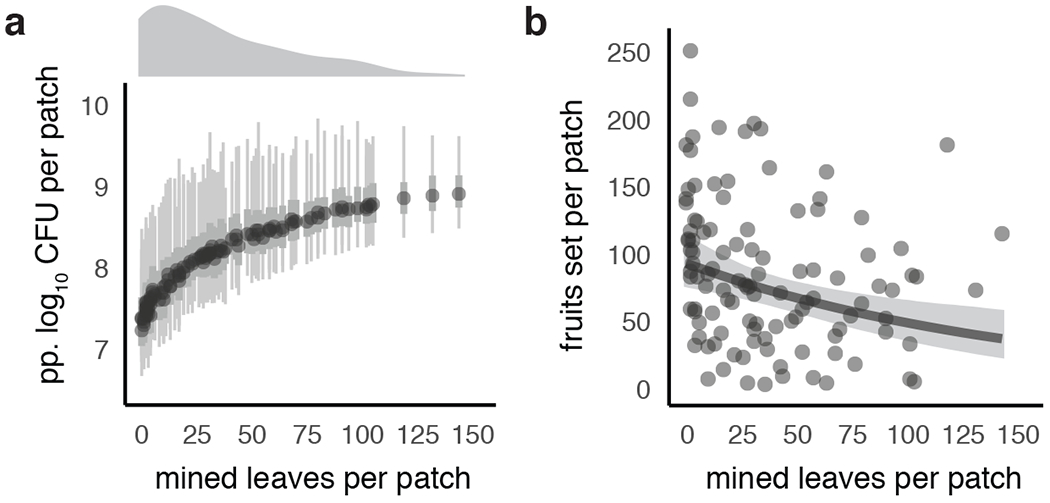Figure 4: Co-infection by herbivores and phytopathogenic bacteria is aggregated across plant populations and is associated with lower plant reproduction.

a. Median, 95%, and 50% quantiles of 200 posterior simulations of predicted (‘pp.’) bacterial load across plant patches (n = 110 at site NP; n = 16 stems sampled per patch). Density plot above x-axes exhibits right-skewed (i.e., aggregated) distribution of herbivore damage at the plant patch level. b. Patch-level herbivory (and thus co-infection intensity) is associated with decreased fruit-set in this native plant population. Plotted are raw fruit-set data summed at the patch level (n = 16 stems per patch), with marginal effects slope (and its 95% credible interval) plotted after accounting for average plant height (see Table S4).
